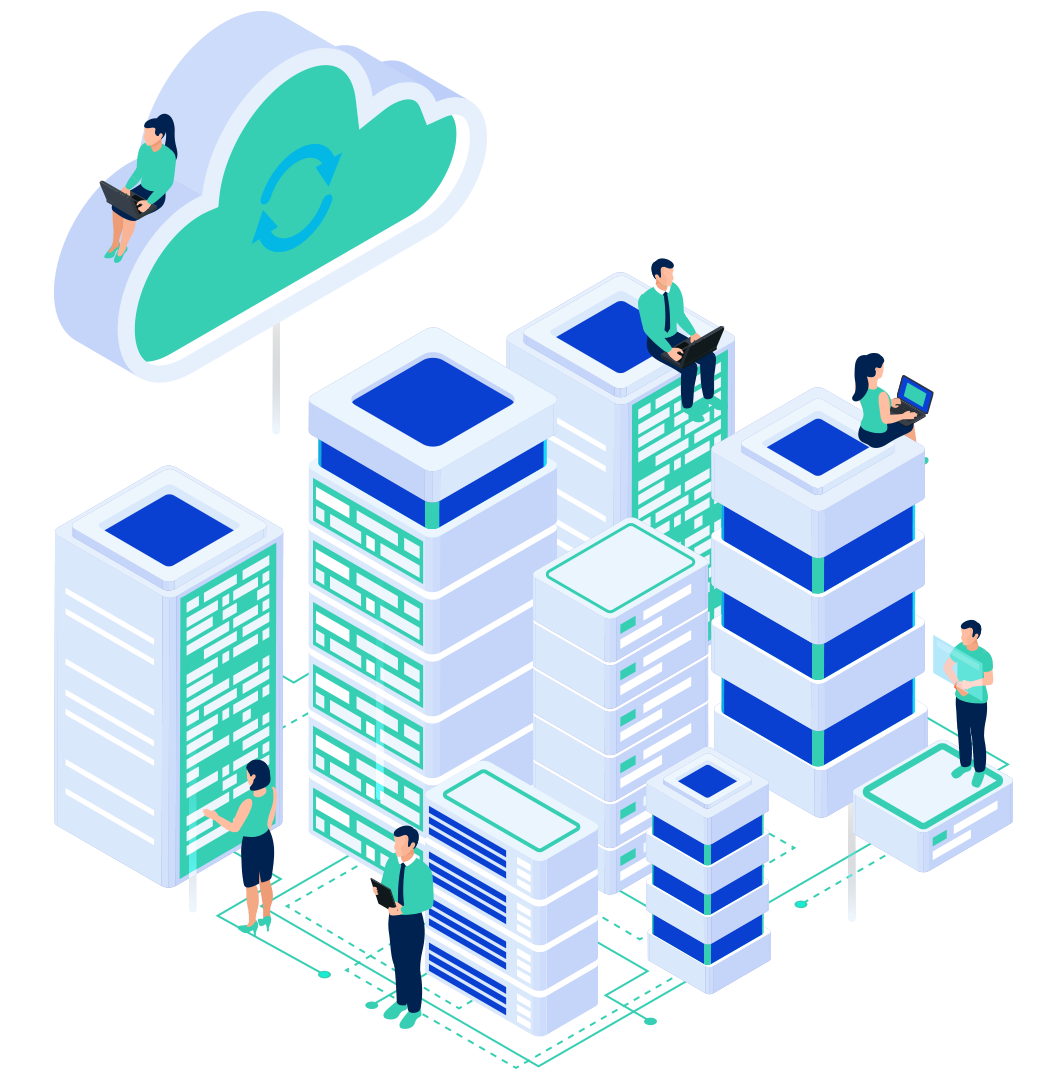
- admin
- December 2020
- Blogs
In today’s digital landscape, businesses rely on the cloud for everything from email and websites to mission-critical applications. But with that convenience comes a critical responsibility: ensuring your cloud hosting environment is secure, reliable, and compliant.
At InternetHosting.US, we believe that hosting should never be a gamble. Whether you’re running a small business website or managing a large enterprise workload, understanding cloud security is essential to protecting your data—and your reputation.
What Is Cloud Security?
Cloud security refers to the tools, policies, and best practices designed to protect cloud-hosted systems, data, and infrastructure from threats. That includes protection from:
Unauthorized access
Data breaches and leaks
Downtime due to attacks (DDoS, ransomware)
Regulatory compliance violations
Internal misconfigurations


Unlike traditional IT environments, cloud hosting involves a shared responsibility model: the provider is responsible for securing the infrastructure, while the client is responsible for securing access and data practices.
How InternetHosting.US Secures Your Hosting
At InternetHosting.US, we go far beyond the basics. Here’s how we secure your business in the cloud:
– 100% U.S.-Based Infrastructure
Your data is never routed overseas. Our servers are housed in secure, U.S.-based data centers with full redundancy and 24/7 monitoring.
– Daily Backups & Disaster Recovery
We perform daily backups across all hosting plans, with snapshot-based recovery options to ensure you never lose important data.
– End-to-End Encryption
From SSL certificates to email, every communication is encrypted in transit and, where applicable, at rest.
– Firewalls and Real-Time Monitoring
Our systems are protected by enterprise-grade firewalls, intrusion detection systems, and real-time monitoring to stop threats before they reach you.
– Multi-Layered Access Controls
We enforce strict identity management, offering 2FA, secure admin panels, and role-based permissions to reduce risk from human error.
– Proactive Patch Management
Security patches are applied automatically and proactively—no waiting for vulnerabilities to be exploited.





